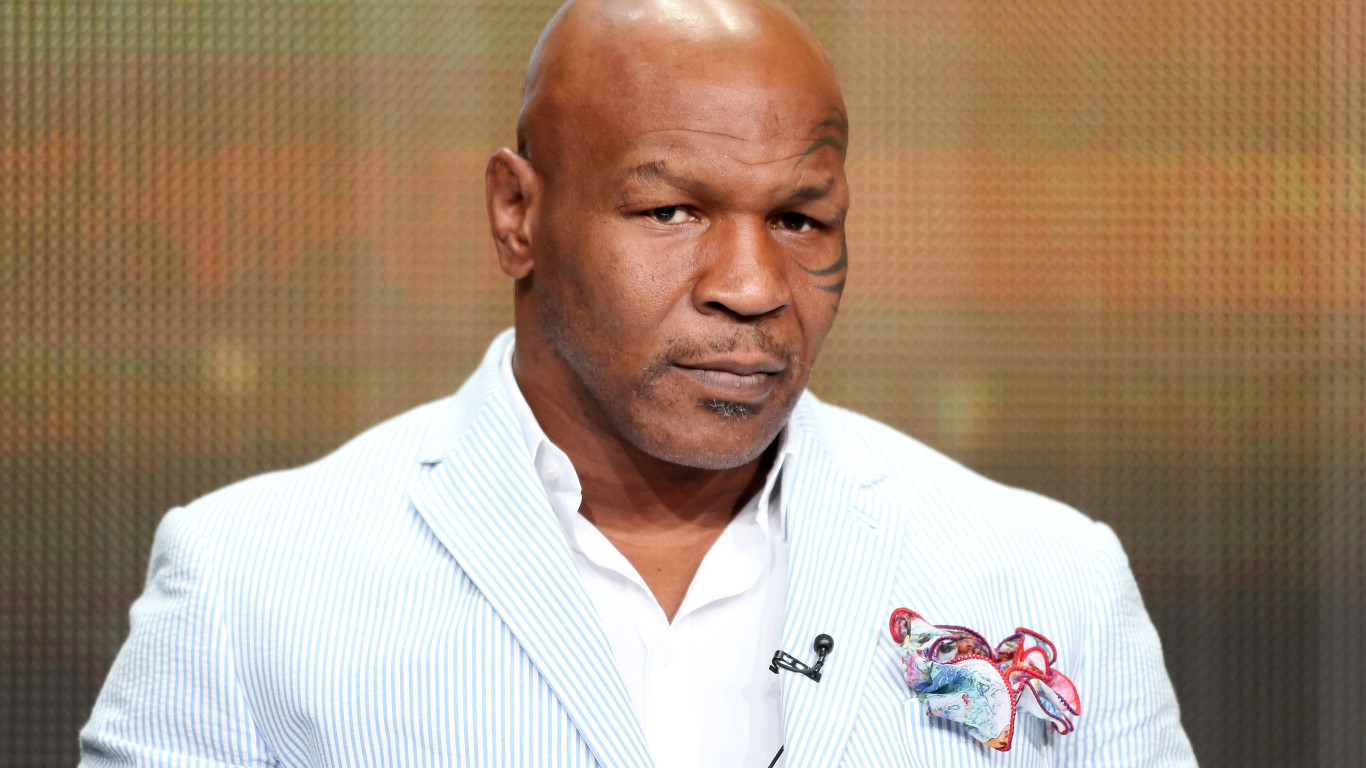 By now, it was assumed, Yahoo! (NASDAQ: YHOO) would have a new “change agent” CEO and Tim Armstrong of AOL (NYSE: AOL) would have been forced out of his job because of low ad revenue growth, losses at the Patch local websites and a stock that had dipped to just above $10. Things did not turn out that way. After it posted better-than-expected earnings, AOL’s shares reached a 52-week high above $26. And Armstrong said he planned to do several things in the near-term that should defuse the concerns that activist investor Starboard Value has made about the firm’s prospects. Based on the past history of proxy wars at public companies, he probably would have won the challenge from Starboard Value. His resume, to his credit and that of his board, is clean.
By now, it was assumed, Yahoo! (NASDAQ: YHOO) would have a new “change agent” CEO and Tim Armstrong of AOL (NYSE: AOL) would have been forced out of his job because of low ad revenue growth, losses at the Patch local websites and a stock that had dipped to just above $10. Things did not turn out that way. After it posted better-than-expected earnings, AOL’s shares reached a 52-week high above $26. And Armstrong said he planned to do several things in the near-term that should defuse the concerns that activist investor Starboard Value has made about the firm’s prospects. Based on the past history of proxy wars at public companies, he probably would have won the challenge from Starboard Value. His resume, to his credit and that of his board, is clean.
Armstrong showed Wall St. what his board must have expected when it recently extended his contract, much to the chagrin of critics who believed his turnaround plan was too flawed to ever succeed. Armstrong decided over a year ago that he not only wanted to buy the Huffington Post, but he also wanted to increase its staff of journalists. He increased his bet on tech content through a purchase of website TechCrunch. That appearing to go badly when founder Michael Arrington had a dust up over whether AOL should invest in his new venture fund. Arrington is gone. Armstrong is not. TechCrunch appears to be fine. And AOL remains an aggressive investor in content.
Armstrong has become more adroit than many investors believed he could be. Starboard Value suggested AOL had some valuable patents. Armstrong and his management had already figured that out, it appears. Microsoft (NASDAQ: MSFT) bought and licensed some of that intellectual property for $1.06 billion. Armstrong says he will return that money to investors in one form or another.
AOL’s revenue is traditionally broken into two pieces. Its Internet access business is profitable but shrinking. Its online display and search ad operations are not profitable and barely stagnant. AOL has used the profits from the one to support the other. Most investors do not like the system. They want the ad unit to sustain the content businesses.
Armstrong has brought himself some time to rekindle the ad business. He did that with the Microsoft deal and evidence of a very modest upward move in advertising sales. Holders of the stock and the media likely will give him a few short quarters to prove that his theory about how a turnaround could work plays out, or does not. Armstrong will need to prove that he can do what rivals MSN and Yahoo! have not. That is, milk advertising out of a market that has abandoned portals for niche sites and Facebook, which currently has the lion’s share of display inventory in the United States. Recent evidence that advertisers are not as enamored of Facebook as most investors believe may eventually help AOL and its rivals.
The best way to look at Armstrong’s tenure at AOL is that he was a failure in the eyes of many from early on. His prospects were down to none. It has only taken a few months to alter that. He is, for now, the last man standing in the portal business. He has garnered enough support that shareholders have become nearly benevolent.
Douglas A. McIntyre
Want to Retire Early? Start Here (Sponsor)
Want retirement to come a few years earlier than you’d planned? Or are you ready to retire now, but want an extra set of eyes on your finances?
Now you can speak with up to 3 financial experts in your area for FREE. By simply clicking here you can begin to match with financial professionals who can help you build your plan to retire early. And the best part? The first conversation with them is free.
Click here to match with up to 3 financial pros who would be excited to help you make financial decisions.
Thank you for reading! Have some feedback for us?
Contact the 24/7 Wall St. editorial team.


